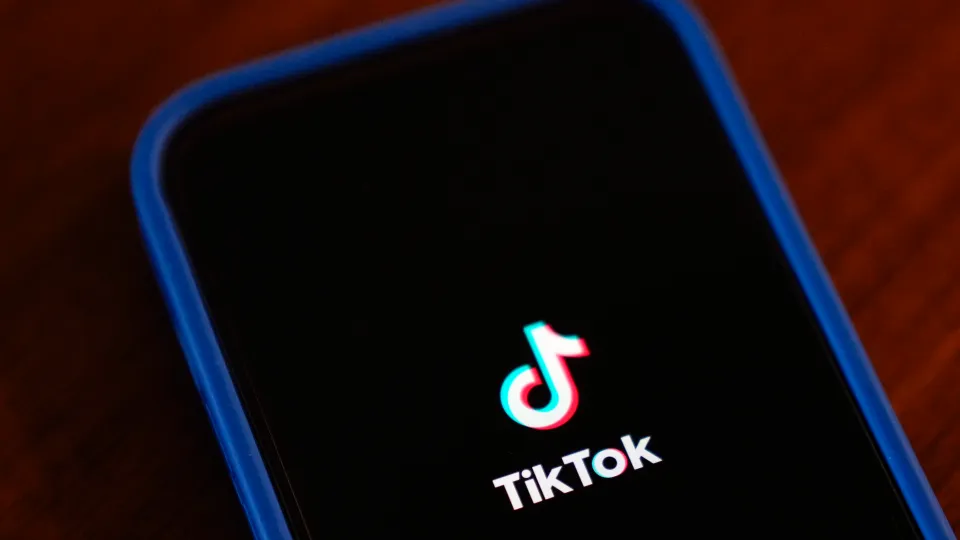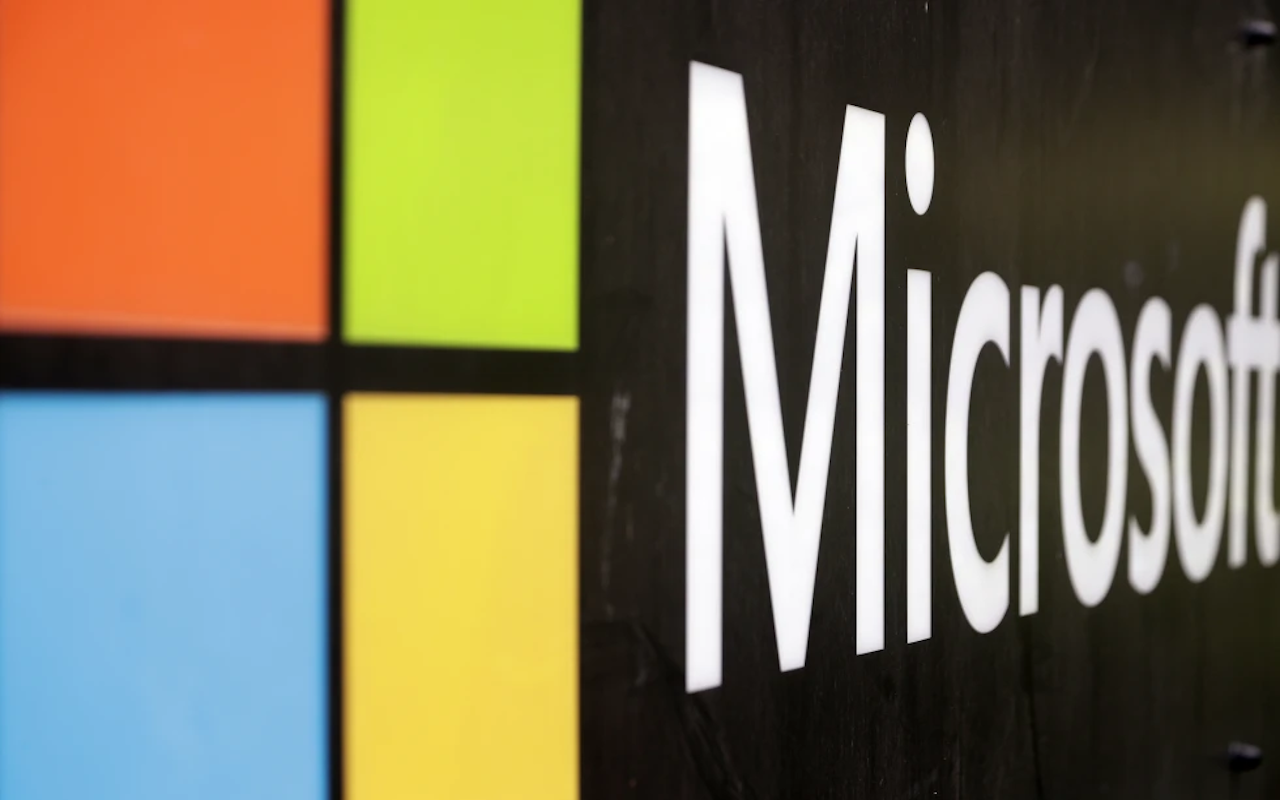EU Accuses TikTok Over Ad Transparency Rules
European Union regulators have formally accused the popular video-sharing platform TikTok of failing to comply with key provisions of the bloc’s landmark digital content legislation, the Digital Services Act (DSA).

EU Accuses TikTok Over Ad Transparency Rules
The accusation, put forth by the European Commission on Thursday, centers on allegations that TikTok is not providing sufficient transparency regarding the online advertisements displayed to its vast user base.
According to the Commission’s preliminary findings from its ongoing investigation, TikTok’s public-facing ad repository or database does not meet the rigorous standards mandated by the DSA across the 27 member nations of the EU. This deficiency in providing clear, comprehensive information about the ads on its platform forms the basis of the regulatory body’s concerns.
Understanding the Digital Services Act (DSA) Requirements
The Digital Services Act is a comprehensive and ambitious piece of EU legislation designed to create a safer digital space for users and establish a clear framework of accountability for very large online platforms and search engines operating within the Union. A critical component of the DSA focuses squarely on online advertising transparency.
Under the DSA, platforms are required to provide users with clear and understandable information about the advertisements they see. This includes explaining why a user is being shown a particular ad (e.g., based on their activity or profile) and clearly identifying who paid for that advertisement. Furthermore, large platforms like TikTok are mandated to maintain publicly accessible databases of the ads shown on their service. These repositories are intended to allow researchers, regulators, and the public to inspect online advertising practices.
Specific Shortcomings in TikTok’s Ad Repository
The European Commission’s investigation highlighted specific areas where TikTok’s ad database is alleged to fall short of DSA requirements. According to the preliminary findings, the database fails to provide necessary, detailed information about:
- The content of the ads: While ads are present, sufficient detail about their creative content may be lacking.
- The users targeted: Information about the specific criteria used to target ads to particular user groups is reportedly insufficient.
- Who pays for them: Clear and easily accessible information identifying the entity or individual that financed the advertisement is said to be missing for many ads.
The Commission noted that these deficiencies prevent users and external parties from conducting comprehensive searches based on this critical information. This limitation significantly hampers the usefulness and effectiveness of the database as a tool for scrutiny, thereby preventing a “full inspection” of the potential risks associated with TikTok’s ad targeting systems, as stated by Henna Virkkunen, the Commission’s executive vice-president for tech sovereignty, security and democracy.
Why Ad Transparency is Crucial, Especially During Elections
Regulators emphasize that transparency in online advertising is not merely a technical requirement; it is considered essential for safeguarding the public interest and protecting democratic processes. Ad databases are seen as vital tools for researchers, journalists, and civil society organizations to detect and analyze various problematic activities online.
Specifically, greater transparency helps in identifying:
- Scam Advertisements: Deceptive ads designed to defraud consumers.
- Hybrid Threat Campaigns: Coordinated information operations that blend various tactics to manipulate public opinion.
- Coordinated Information Operations: State-backed or organized campaigns spreading propaganda or false narratives.
- Fake Ads: Advertisements promoting non-existent products, services, or containing false claims.
These issues are particularly concerning in sensitive periods, such as during elections, where opaque advertising can be exploited to spread disinformation, influence voters improperly, or even facilitate foreign interference. As Executive Vice-President Virkkunen articulated, “Whether we are defending the integrity of our democratic elections, protecting public health, or protecting consumers from scam ads, citizens have a right to know who is behind the messages they see.”
TikTok’s Response and Disagreement
In response to the European Commission’s preliminary findings, TikTok issued a statement indicating that it is reviewing the details of the Commission’s assessment. The company reiterated its commitment to fulfilling its obligations under the Digital Services Act, signaling an intent to continue working towards compliance.
However, TikTok also expressed some disagreement with the Commission’s position. The company stated that while it supports the overall goals of the regulation and is continuously improving its ad transparency tools, it “disagree[s] with some of the Commission’s interpretations.” Furthermore, TikTok noted its view that guidance was delivered via “preliminary findings rather than clear, public guidelines,” suggesting a preference for more explicit, universally available instructions on compliance expectations.
Consequences of Non-Compliance
The accusation is a serious step in the EU’s regulatory process. TikTok now has the opportunity to formally respond to the European Commission’s preliminary findings and present its defense. The Commission will then evaluate TikTok’s response before issuing a final decision on whether the platform is indeed in breach of the DSA’s ad transparency rules.
If the Commission concludes that TikTok has failed to comply with its obligations under the Digital Services Act, the company could face significant penalties. The DSA empowers regulators to impose fines of up to 6% of a company’s total annual global revenue for violations. For a global platform the size of TikTok, such a fine could amount to billions of dollars, representing a substantial financial consequence.
Broader Regulatory Landscape for TikTok in the EU
This investigation into ad transparency is not the only regulatory scrutiny TikTok is facing in the European Union under the Digital Services Act and related frameworks. The platform is also subject to separate ongoing investigations concerning other potential risks associated with its service.
For example, the EU is reportedly examining whether TikTok adequately addressed risks related to Romania’s presidential election, which faced allegations of electoral violations and potential foreign meddling last year. This indicates that European regulators are broadly scrutinizing how large platforms like TikTok manage content, protect users, and ensure platform integrity, particularly in sensitive contexts like democratic processes.
The Path Forward
The ball is now in TikTok’s court to provide a compelling response to the European Commission’s preliminary findings. The outcome of this process will not only determine potential financial penalties for the company but will also set important precedents for how major online platforms are expected to handle advertising transparency under the DSA.
The resolution of this case will be closely watched by other digital services operating in the EU and underscores the Union’s determination to enforce its new digital rulebook to enhance safety and accountability online.




